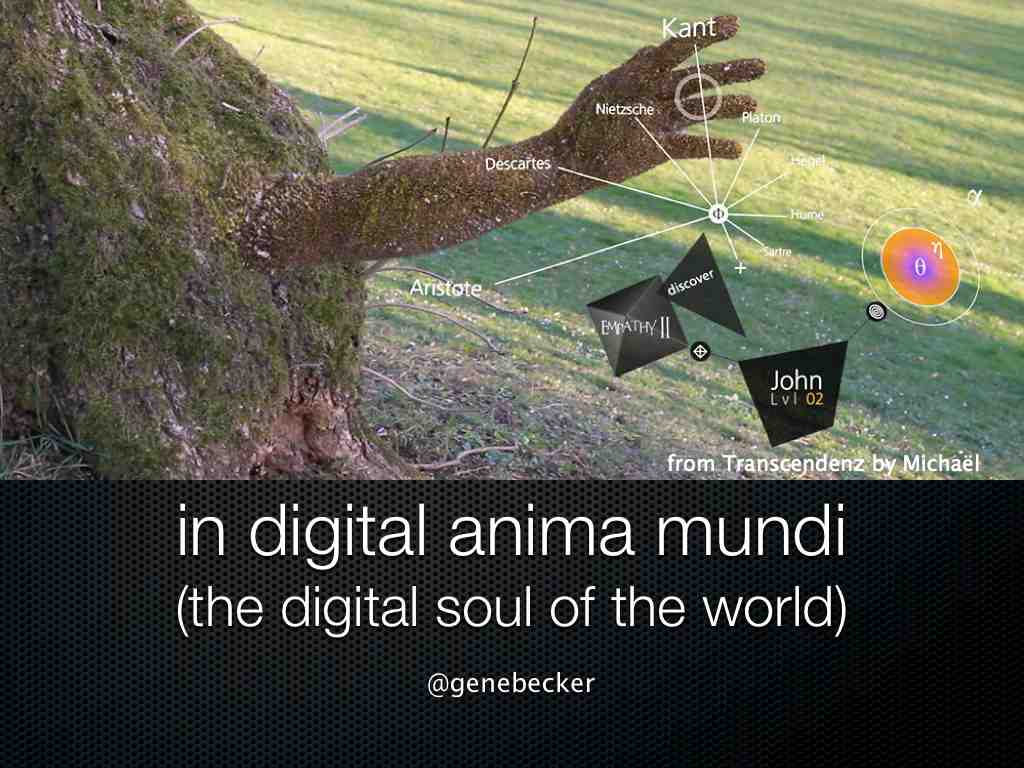Over the past 10 days I've been traveling and participating in important workshops and events in the US so writing and posting to this blog has been infrequent. My recent face-to-face meetings involved those attending the AR-in-Texas workshops, followed by the participants of the Fifth AR Standards Community Meeting that I chaired in Austin. Then, I participated in the Open Geospatial Consortium's quarterly Technical Committee meetings. I'm currently in San Francisco to attend the New Digital Economics Brainstorm.
I haven't counted but I estimate that within a week's time, during and between these events, I've met with over 100 people individually or in small groups. During the trip just prior to this one, the five days of Mobile World Congress in Barcelona, I met and spoke with at least that many and probably closer to 200 people.
A significant slice of these (the majority, I am guessing), are people with whom I have a history–simply meaning that we may have spoken by Skype, phone or in person, or exchanged some e-mail. Our meetings in the physical space, however, differ from those we conduct virtually. We all know that the Internet has formed far more links between people than physical contacts could ever hope to make, however, meeting in person still brings us value. How much? Well, that's difficult to measure in time and in terms of revenue. Certainly they provide me sufficient value to warrant my leaving my office to attend meetings! I could probably ramble on and reflect further about this interpersonal on-line/in-person communication dichotomy but one tangent I want to explore with you is slightly different.
When I'm traveling I also come into contact with many many objects. Products, places, things. I wonder how many objects (new ones, old ones, ones I've seen/encountered before) I come into contact in a day. What value do these bring to me? How would I discover this?
Think of a ‘Facebook for Things’ with apps, services and analytics powered by connected objects and their digital profiles. With billions of product and other objects becoming connected, tagged and scannable, there’s a massive opportunity for a company that can provide the trusted engine for exchanging this active object information.
One of the companies that is responding to the opportunity is EVRYTHNG. I hope to see many new and familiar people in the room on April 3 in Zurich when I'll be chairing the next Internet of Things face-to-face meeting featuring the start up EVRYTHNG. Why should you be there?
One reason is that co-founder Dominique Guinard will be talking from his company's perspective about:
– What is the Web of Things?
– Web of Things: How and Why?
– Problem Statement: Hardware and Cloud Infrastructures for Web-augmented Things
– Web-enabling Devices and Gateways
– Active Digital Identities (ADIs)
– EVRYTHNG as a storage engine
– Problem Solved: Connecting People & Products
– Vision: Every Thing Connected
– Projects and Concrete Example of How and Why ADIs are Useful.
– Using our cloud services and APIs to build your next internet of things / web of things applications.
Let's connect in Zurich!




